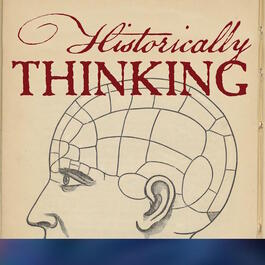
“India has 2,000,000 million gods, and worships them all,” wrote Mark Twain, following his 1896 speaking tour of British India. “In religion other countries are paupers; India is the only millionaire.” Twain was exaggerating, but perhaps only a little. Consider that Hinduism, Buddhism, and Jainism all took form some 2,500 years ago in South Asia, that they and their offshoots are now practiced by hundreds of millions of people around the world, and you will see how that wealth has been spread about. In his new book Religions of Early India: A Cultural History, Richard H. Davis explores how that wealth was accumulated, and how it began to be spent. Beginning from before the earliest written records–which are, for a Western historian, astonishingly early–he traces the story forward to thirteen hundred years before the present, in approximately 700 AD, just as the entire Afro-Eurasian world was about to be transformed by the advent of Islam. Richard H. Davis is Professor Emeritus and Research Professor of Religion at Bard College. His primary research and teaching interests include classical and medieval Hinduism, Indian history, South Asian visual arts, and Sanskrit. He is author of, among numerous other books, The Bhagavad Gita: A Biography. Religions of Early India is his most recent, and is the subject of our conversation today.
From "Historically Thinking"


Comments
Add comment Feedback